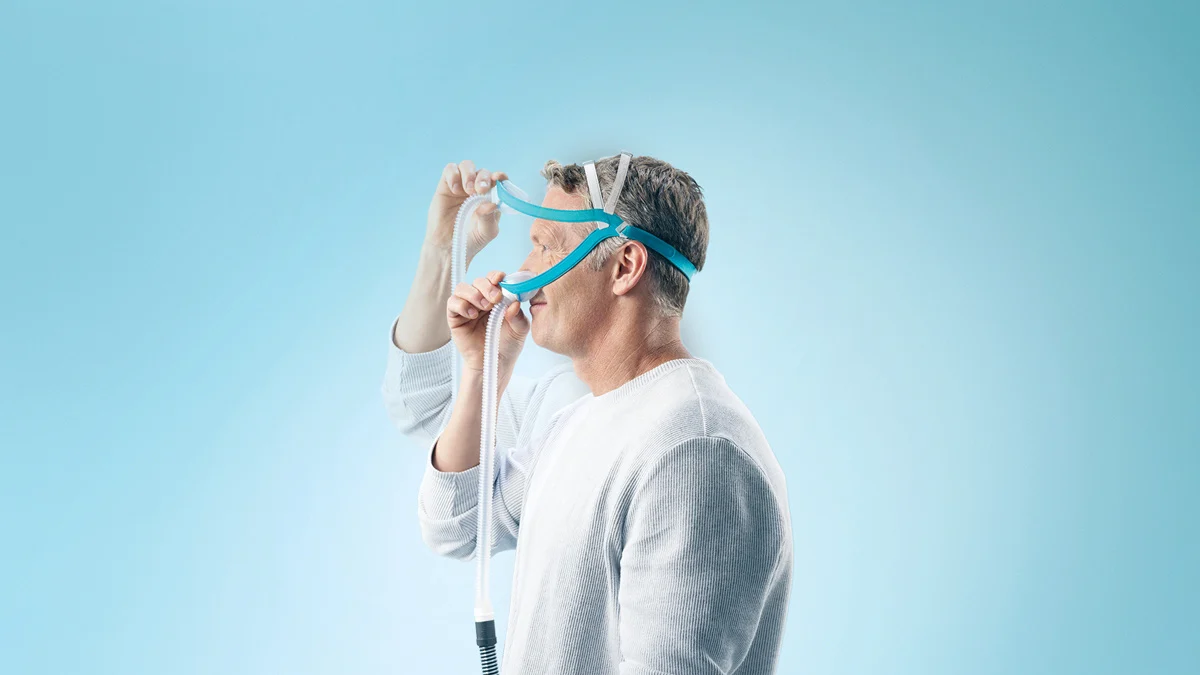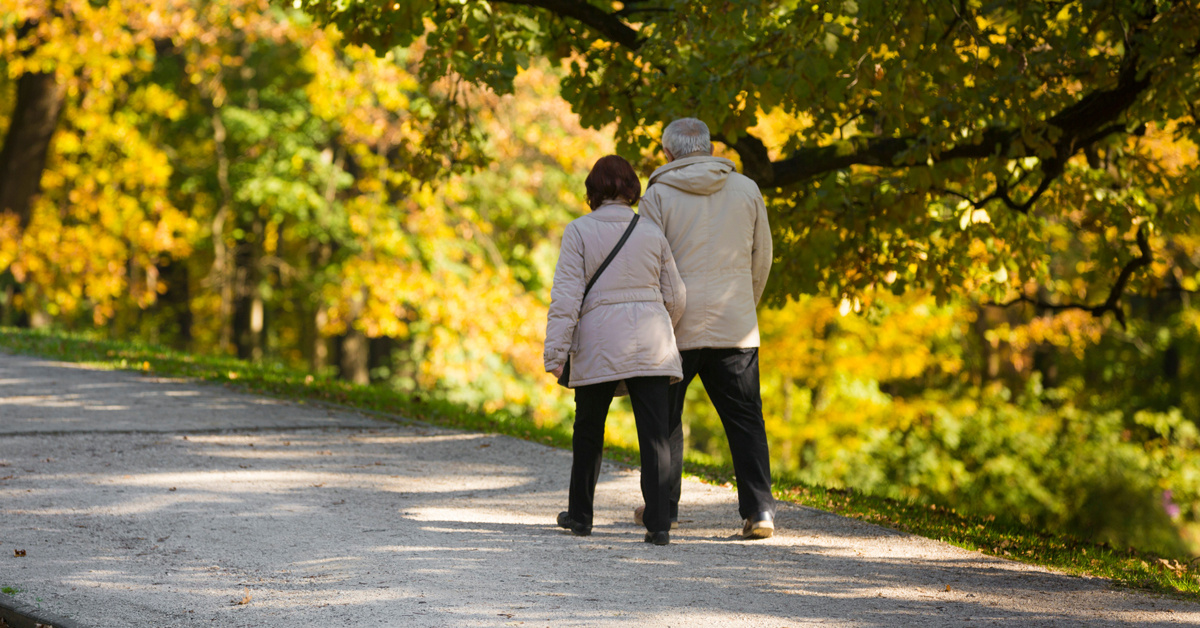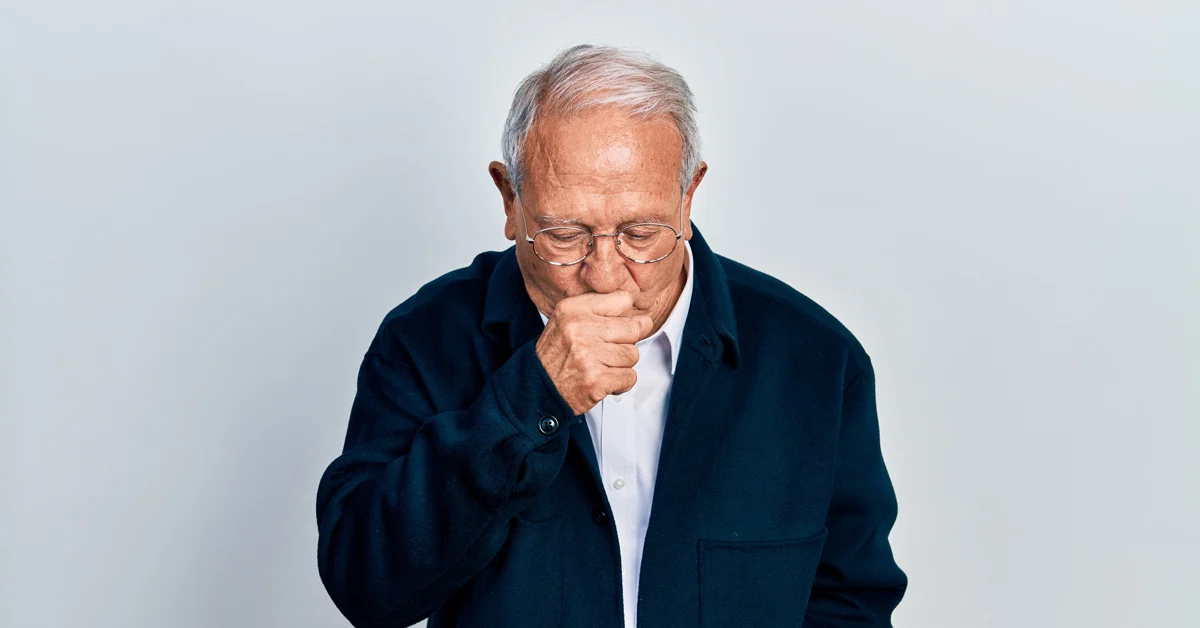Cold Weather Increases the Risk of Severe Exacerbations. Here Are Ways to Prevent Them.
If you have COPD, cold winter weather can narrow your airways and lead to serious flare-ups, such as:
- Extreme shortness of breath
- Chest pains
- Increased mucus production
- More coughing and wheezing
- Confusion, inability to think clearly
These symptoms are not only dangerous but also frightening—you know this if you’ve ever gasped for air even briefly.
Lesley Williams, Apria’s Market Clinical Trainer and a registered respiratory therapist, says, “To avoid serious flare-ups during the winter, it’s important for people with COPD to take extra precautions."
Here’s What You Can Do to Prevent COPD Winter Flare-ups
The first thing you can do to prevent COPD flare-ups is to be prepared! Following are suggestions to help protect your lungs during a chilly winter.
1. Get your vaccinations
People with COPD are more likely to contract pneumonia and other serious infections. If not treated properly and promptly, pneumonia can be life-threatening for people with COPD.
That’s why it’s critical that you consult with your doctor about the most appropriate vaccinations for you, particularly for the flu and pneumonia. Vaccines dramatically reduce the chance that you will develop these illnesses.
2. Steer clear of sick people
You can help protect yourself from respiratory infections by staying away from people who are sick. If a family member or friend is sick, wear a mask for extra protection.
Also, avoid crowds, where germs thrive.
If you do get sick, get treatment as soon as possible. And stay away from family members and friends, so they don’t get sick.
3. Keep your rescue inhaler at the ready
Always have your rescue inhaler wherever you go. When you feel symptoms of a flare-up when breathing in cold air, take a couple of puffs. This relaxes your airways and relieves your symptoms so you can breathe more easily.
If you’re going out on a cold day, take a preventive dose 30 minutes beforehand to help keep your airways open.
If you have COPD and use oxygen, be sure to tuck the tubing inside your coat to prevent it from freezing.
4. Be a nose breather
Breathe through your nose rather than your mouth. This helps warm and humidify the air before it enters your airways, which helps prevent shortness of breath caused by cold air.
5. Keep your mouth and nose covered
Whenever you go out in the cold, always cover your nose and mouth with either a mask or a scarf. This will provide a barrier to the cold as well as warm and moisten the air you breathe.
If you find yourself without a scarf or mask, cup your hands over your mouth and nose.
6. Bundle up
Whenever you go out, dress warmly. Wear several layers of loose-fitting clothing, such as shirts and sweaters. Wear a hat to protect your head, mittens or gloves to protect your hands, and a scarf or a mask. Make sure your shoes provide warmth and are waterproof.
The point is: keep the cold out and warmth in!
7. Be weather wise
Before you go outdoors, check the weather. And pay close attention to the wind chill. If the temperature drops too low, stay indoors.
In addition to the weather, pollution is also a trigger for a COPD flare-up. Check air quality reports. Pollution doesn’t disappear just because it’s cold.
8. Wash your hands
Make hand hygiene a priority, especially when you’re in public places. Wash your hands frequently with soap and water or alcohol-based sanitizers. To prevent the spread of germs, avoid touching your mouth, eyes, and nose.
9. Hydrate, hydrate, hydrate!
If you have COPD, drinking plenty of water will make it easier to breathe—especially if you have a respiratory infection.
10. Keep your home humidified
Home heating systems can dry the air you breathe. A home humidifier adds moisture to the air to make breathing more comfortable.
11. Don’t use wood-burning stoves or fireplaces
They can produce harmful particles that irritate airways and cause COPD exacerbations. Also, have your furnace or other heating unit inspected each year to ensure it is not producing lung-irritating particles.
12. Don't smoke
This goes for the winter, spring, summer, and fall. If you do smoke, quit. And avoid being around others who are smoking.
13. Be scent sensitive
They may smell nice, but don’t be fooled: scents can trigger flare-ups. Beware of scented candles, perfumes, hairspray, and strong cleaning products.
14. Exercise indoors
People with COPD should exercise because it improves lung health. But when it is cold outside, exercise inside. Take a walk in a mall, go to the gym, visit an indoor swimming pool, or exercise in your home.
If you must exercise outdoors, warm up for 15-20 minutes indoors first. And schedule your exercise for the warmest time of the day.
15. Take care of your overall health
Get plenty of sleep, drink plenty of water, and eat a balanced diet with plenty of protein and calcium. Stay away from salty foods and keep alcohol to a minimum – it can trigger COPD flare-ups.
Leave COPD Flare-ups in the Cold
Understanding how and why COPD exacerbations occur during winter is the first step in preparing for them and preventing them.
Apria’s Lesley Williams adds, “The good news is that most people with COPD recover from a flare-up with proper and timely treatment. That’s why it’s important to be in touch with your doctors throughout the winter.”
That way, you can feel good even when the weather is bad!
Apria is a leader in COPD management
We offer custom treatment plans, work closely with your physician’s office care team to manage your COPD through its many stages, deliver a wide range of treatment options, and provide ongoing monitoring to optimize your treatment. Learn more.
References
1. Wallace, R. (2019, February 20). COPD Triggers and How to Avoid Them. Healthline. https://www.healthline.com/health/avoiding-copd-triggers.
2. Leader, L. (Updated 2020, May 12). Dealing with COPD in Cold Weather. VeryWell. https://www.verywellhealth.com/tips-for-reducing-shortness-of-breath-in-cold-weather-914963.
3. Kuzma, C. (2022, August 11). COPD Symptoms Can Be Worse in Winter. Healthgrades. https://www.healthgrades.com/right-care/copd/copd-symptoms-can-be-worse-in-winter.
4. MacNaughton, K. (Updated 2021, June 21). Maintaining COPD Control During the Winter Months. COPD.net. https://copd.net/clinical/copd-control-winter-months.
5. Bashforth, E. How to manage COPD during winter. Patient. https://patient.info/news-and-features/how-to-manage-copd-during-winter.
6. Cold Weather and COPD. Kindred Hospitals. www.kindredhospitals.com/resources/blog-kindred-spirit/2021/02/16/cold-weather-and-copd.
7. 7 Ways to Tame COPD Flare-Ups in Winter Months. Northern Idaho Advanced Care Hospital. https://niach.ernesthealth.com/7-ways-to-tame-copd-flare-ups-in-winter-months/.
8. D’Amato M, et al. The impact of cold on the respiratory tract and its consequences to respiratory health. Clin Transl Allergy. 2018 May 30;8:20.
LEGAL DISCLAIMER: Material in this newsletter is provided for general health education and informational purposes and to provide references to other resources only; it may not apply to you as an individual. While Apria Healthcare believes that the information provided through this communication is accurate and reliable, Apria Healthcare cannot and does not make any such guarantee. It is not intended to be a replacement for professional medical advice, evaluation, diagnosis, services or treatment (collectively, “medical treatment”). Please see your healthcare provider for medical treatment related to you and your specific health condition(s). Never disregard medical advice or delay seeking medical care because of something you have read on or accessed through this website. Reading this newsletter should not be construed to mean that you have a healthcare provider/patient relationship.

.png)



